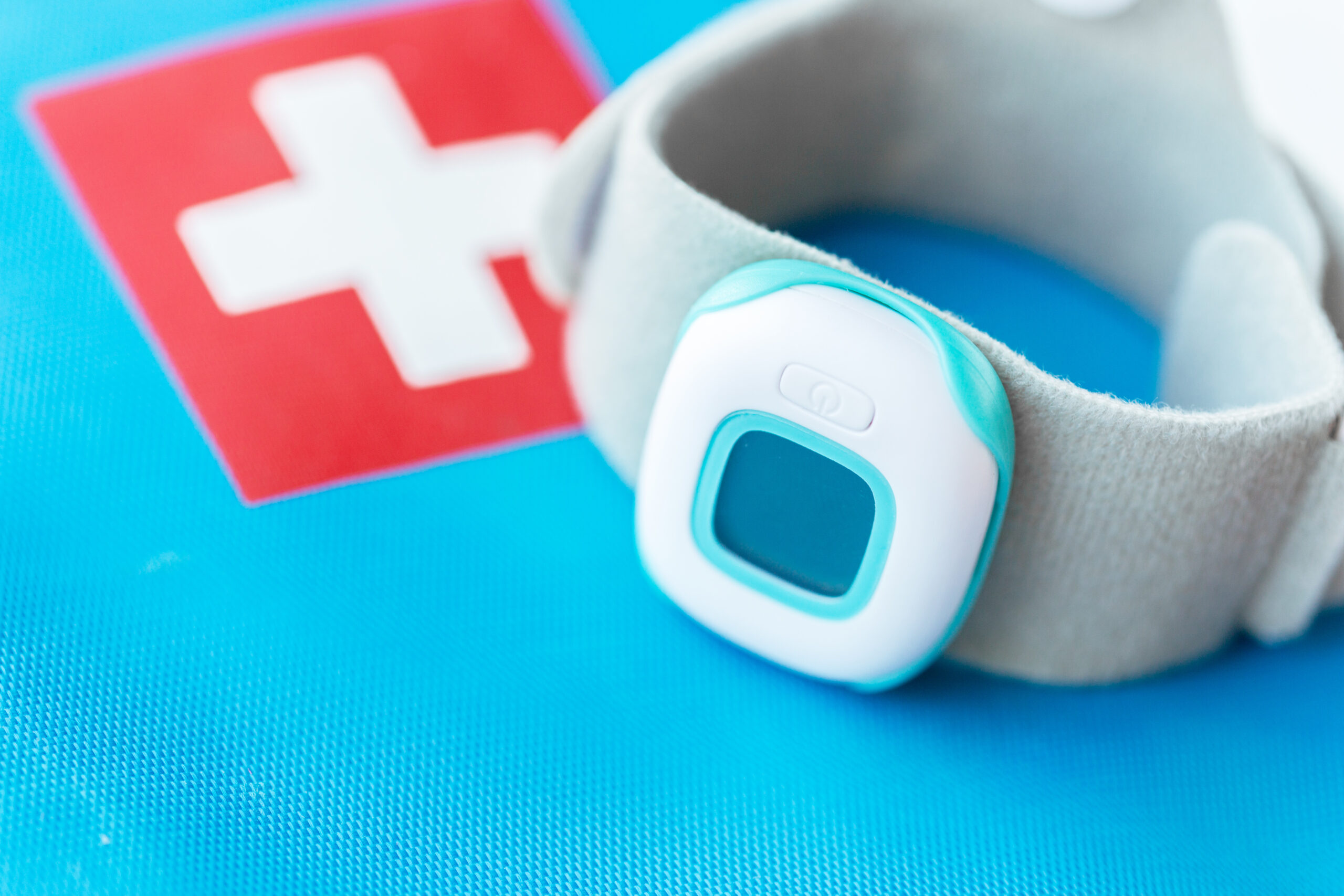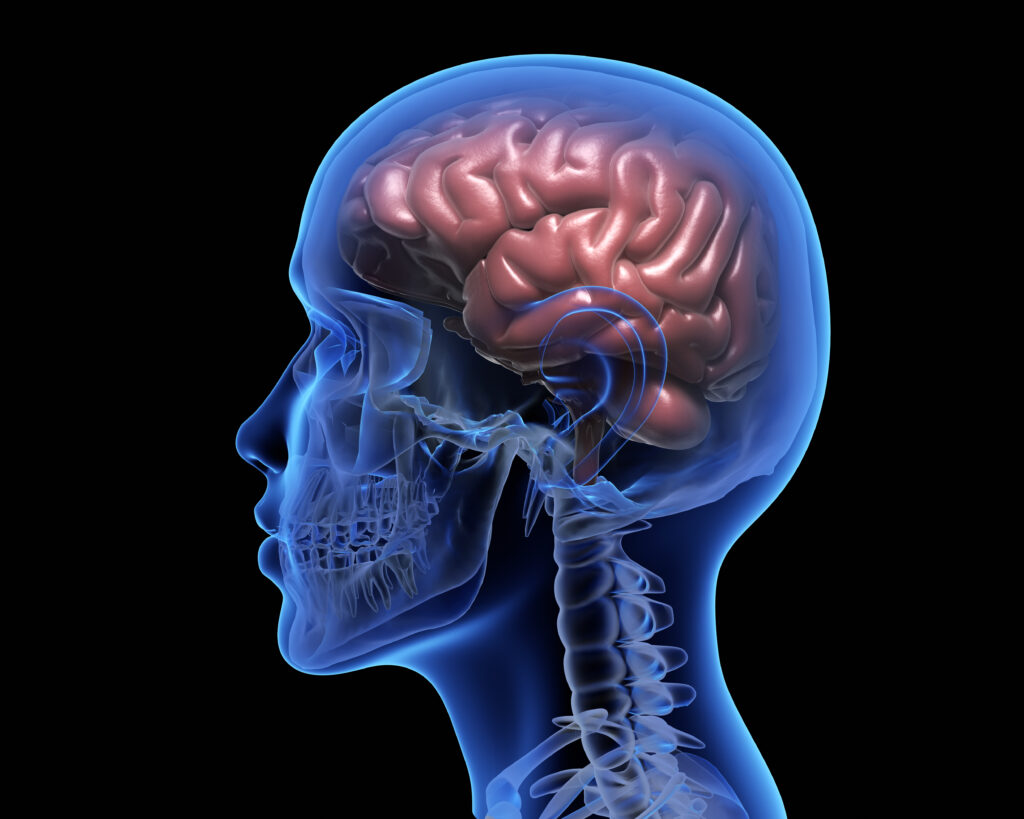
Personal health gadgets empower individuals to keep tabs on their health and fitness. The most consistent gains in recent years have been made in the field of wearables. Wearables are devices that are worn on the body that monitor various vital signs.
Popular wearables such as Fitbit and Apple Watch have long been used to keep track of fitness goals such as the daily step count. Now they can be used to keep track of sleep quality, high and low heart rate, and irregular cardiac rhythms. Apple Watch can also accurately determine the wrist temperature to monitor ovulation cycles.
All these measures make people more aware of their health status so they can make the best fitness choices in day-to-day life and seek medical intervention when needed.
New advancements in the field of wearables can potentially change healthcare for the better by making the management of health a collaborative exercise between patients and their providers.
The next generation of wearable personal health gadgets
Mind-reading and sleep-tracking headsets
Neurosky’s MindWave Mobile 2 EEG headsets can read brainwaves and send the signals to their app on a smart device. The device contains a headset, an ear clip, and a sensor arm. The sensor arm touches the forehead and passively collects faint brainwave signals. Neurosky’s technology interprets the brain’s signals and turns them into actionable commands that are relayed to the app and perform various functions.
Another Neurosky product, the Sleep Shepherd Blue headsets are used to track sleep patterns. The headsets can be configured to set off a wake-up alarm at the most optimal time according to one’s sleep cycle.
Biosensing tattoos
Biosensing tattoos are tattoos made of specialized materials that when imprinted on the skin can give a variety of helpful information about the wearer’s health and fitness. Some biosensor tattoos can change color based on the blood sugar level which can help with diabetes management. Others can monitor heart rate, hydration levels, and sleep. Scientists believe that information derived from such tattoos can be useful for earlier detection of diseases and improving the quality of treatments.
Smart Rings
Smart rings are wearable rings with small non-invasive sensors that can take information from a person’s fingers. For example, the Oura Ring tracks a person’s heart rate and heart rate variability (HRV) to give indications about cardiovascular health. It monitors both sleep and activity levels, and the app makes recommendations about the day ahead based on the previous night’s sleep. The ring also measures temperature and reports if there is a fever. Another smart ring from Ringly counts steps, and reports distance walked and calories burnt.

Continuous glucose monitoring systems
Continuous glucose monitoring (CGM) systems are wearable devices that enable someone with Type 1 or Type 2 diabetes to continuously track their glucose levels throughout the day. The sensor for glucose goes just under the skin and is kept in place with an adhesive tape. The device sends glucose monitoring data to a smart device and sends an alert if the levels fall too low or go too high. Advanced CGM systems can also deliver insulin as needed so people do not need separate insulin injections.
While CGMs are useful for long-term diabetes management, the sensors that go into the skin need to be replaced from time to time.
This is because the sensor under the skin instigates a localized foreign body response. This is a wound-healing response that recruits proinflammatory cells around the sensor. These cells consume a lot of glucose which can make the immediate surroundings of the sensor show lower levels of glucose than in the rest of the body. Fibroblasts can also collect around the sensor and generate fibrous tissue to encapsulate the sensor and separate it from the rest of the body.
To get accurate readings from sensors that stay in the body, innovative improvements have been made to the sensors themselves, as well as in the sensor implantation techniques. Currently, the Eversense sensor is FDA-approved for continuously monitoring glucose for 90 days, while trials are underway for using it for longer durations such as six months or beyond. This sensor contains dexamethasone acetate, a chemical that minimizes inflammatory responses.
The next generation of CGM systems will use novel technologies to extend the use of sensors while preventing foreign body response and bacterial infection at the implantation site. They will also focus on comfort, creating smaller sizes and designs suitable for use in children.
Circulating tumor cell detection in patients with carcinomas
Wearables can be potentially used to track circulating tumor cells in patients with certain carcinomas. Circulating tumor cells (CTCs) are cancer cells that are released from primary tumors. They circulate through the body and in the right conditions, spread cancer to other organs. Such spreading of cancer to other body parts is the single most lethal feature of cancer.
Knowing if a cancer patient has CTCs can potentially help with early diagnosis and preventing metastasis. Studying the behavior of CTCs can also provide knowledge about how cancer spreads, which can help identify better therapies. However, CTCs are very rare in the blood, and it is hard to find them.
Wearable devices stay attached under the skin and continuously scan large volumes of blood, and therefore may be the most successful at detecting CTCs with minimal discomfort to the patient. In canine models, such devices were successfully used and were able to scan 1-2% of the whole body’s blood in about 2 hours.
Future wearables may be able to perform CTC detection for humans with cancer.
Security, accessibility, and affordability
It is reasonable to expect that wearables that help with the early detection of diseases and improve disease management will reduce the overall cost of healthcare. However, it is not known which if any future wearables will be covered by health insurance. This may have an impact on their affordability. It is also not known how accessible the technologies will be, at least when they first come out.
All wearable devices are hooked to another device for data transfer and display, such as a smartphone or a computer. The data will also be saved for patients to see their health trends over time. The security of health-related data will be of great importance as wearables become more and more commonplace.
However, with so many kinds of innovations in the field of wearables, there is a lot to be excited about.
The information provided in our blog posts is for informational purposes only and is not intended as a substitute for professional medical advice, diagnosis, or treatment. Always seek the advice of your physician or other qualified health provider with any questions you may have regarding a medical condition. Never disregard professional medical advice or delay in seeking it because of something you have read on this blog.






